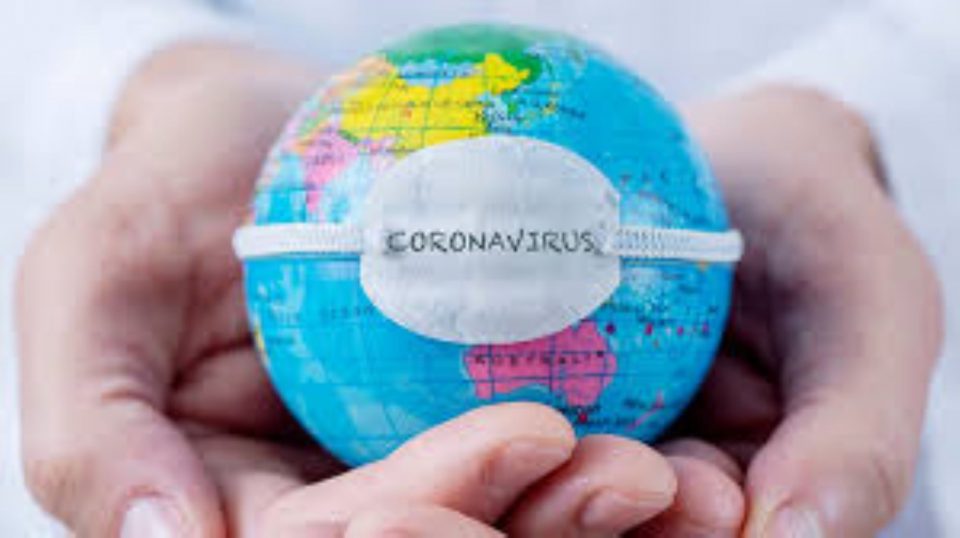Ali Ngarba says his biggest worry about COVID-19 is that there is no vaccine yet. He shares a compound with three other families in Goudji, a neighbourhood in the Chadian capital N’Djamena, and tries to keep safe: he has set up a handwashing bucket at the doorstep and ventures out only occasionally and when necessary.
Communal living, not uncommon in many of N’Djamena’s neighbourhoods, is a source of fear among residents as COVID-19 persists. When the pandemic reached Chad, health authorities rolled out a raft of response measures, including door-to-door visits by community health educators to relay messages on safety.
While face-to-face meetings are time-consuming, the sessions are more personal, often carried out by someone from the same community who speaks the same language and has the appropriate cultural understanding. Unlike broadcast messages, people can ask questions and seek clarifications in door-to-door campaigns.
Although nearly 700 community health educators have been trained in the country’s seven provinces, a major shortcoming of the door-to-door campaigns is limited reach. A call centre, messages disseminated through 17 radio stations in several towns and thousands of posters complement the house-to-house health education drive launched in May 2020 and which runs for up to three months.
The community approach is also an effective way of combatting rumours and disinformation, says Djazouli Ibn Adam, who heads the health promotion division at the Ministry of Health. Since the house-to-house campaign was launched, more than 103 000 people have been educated on COVID-19 across the country.
Village chiefs, neighbourhood leaders and health workers have volunteered to be part of Chad’s door-to-doo campaigns to sensitize the public. They are mostly members of the communities they are reaching out to. “Their involvement inspires confidence among families and makes it easy to relay messages and gather information from households,” says Mr Adam.
Marie Loumaye, a university student who has volunteered as a community health educator, speaks three local languages, French and the Chadian Arabic dialect. “This makes my work easy because I know that at least one of the three local languages is spoken in the households that I visit,” she says.
Explaining the origin of COVID-19, its symptoms, how it spreads and ways to keep safe are some of the headline features of the information passed on during the house-to-house visits. But one preventive measure – physical distancing – raises the most questions.
“We are so used to communal living and sharing that it is impossible to make people understand that they need to keep distant from each other to prevent infection,” says Ms Loumaye. “We try as much as we can to explain why it is important, but it is part of our life and it is very difficult to make people change.”
“It is almost impossible to not share a family meal or live communally,” says Adam Hassane, a neighbourhood leader and an experienced community health educator. “Some people have told me that they’d rather die than keep away from family. But I do my best to explain that one should not put their family in danger.”
Despite the challenges, Mr Hassane recounts that he is heartened when he sees people putting into practice the safety advice they receive. The virus was detected in Chad on 19 March 2020 from an arriving traveller. The first local transmission was declared in N’Djamena on 6 April 2020.
The health authorities are focusing on communities to also build confidence so that they trust the right information and avoid risky behaviour.
“I’m reassured that the message has been received when I go past a home where I met the family and see changes such as a handwashing bucket. It shows that I wasn’t preaching in the desert,” says Ms Loumaye.
While worries that a vaccine is yet to be developed may still linger in Mr Ngarba’s mind, he expresses reassurance about other aspects of the virus following a visit by a community health educator. “I had the opportunity to ask questions and clear the doubts I had given some rumours about COVID-19.”


